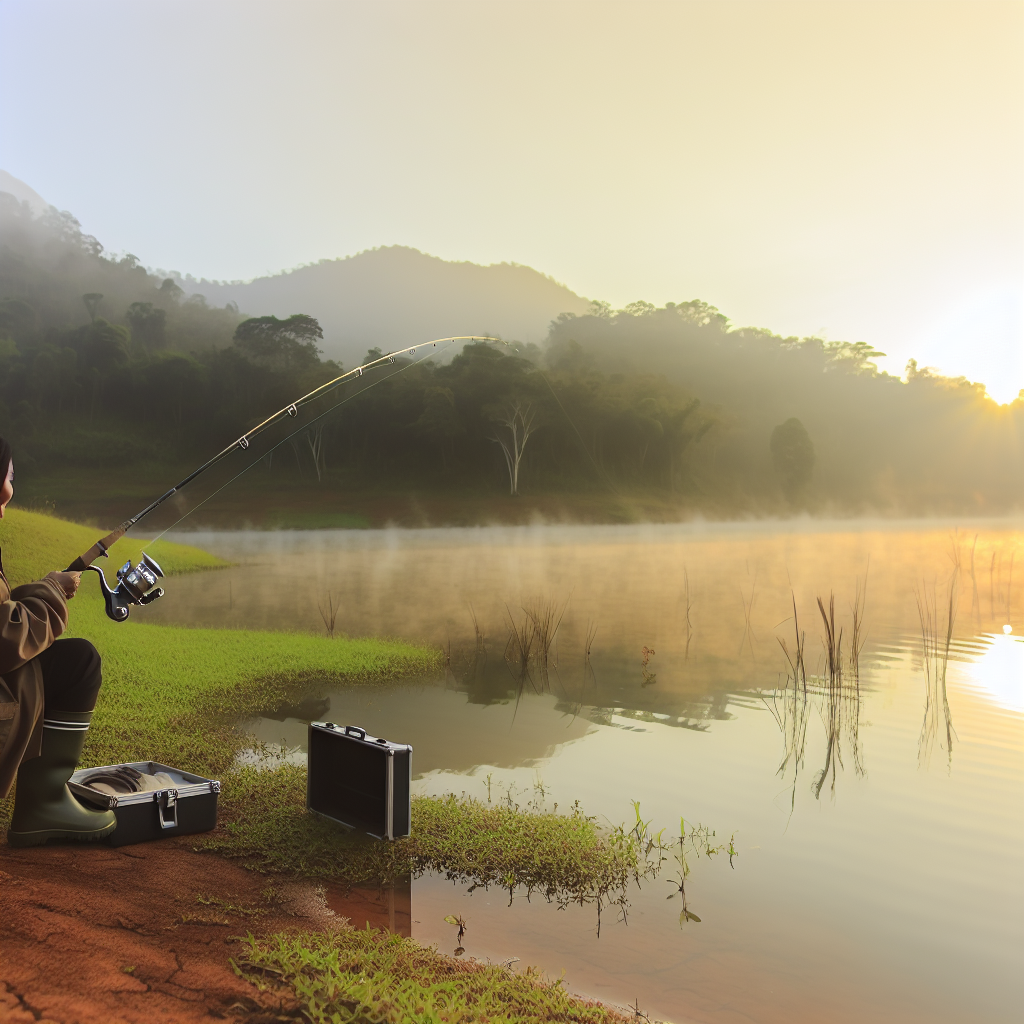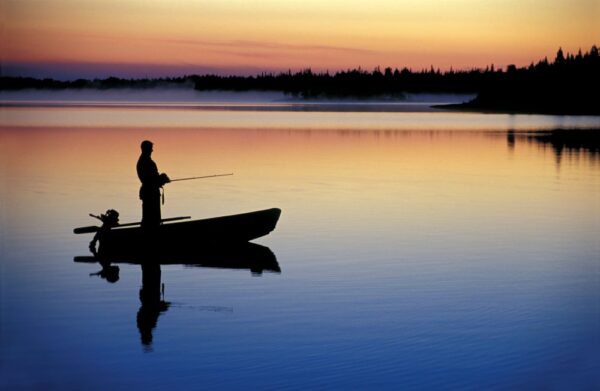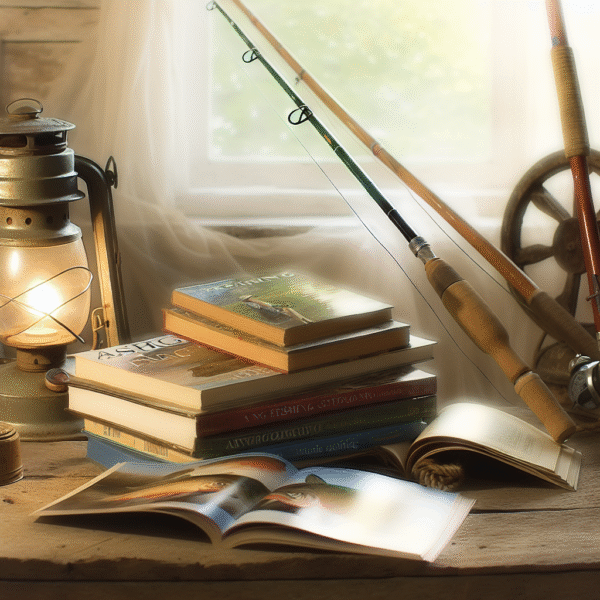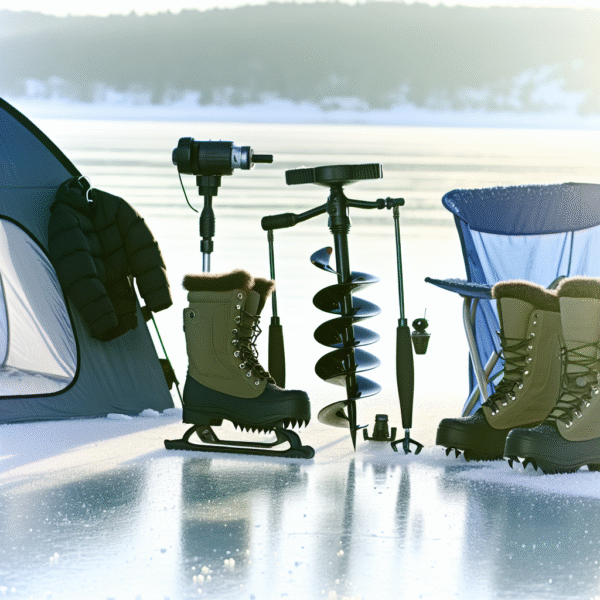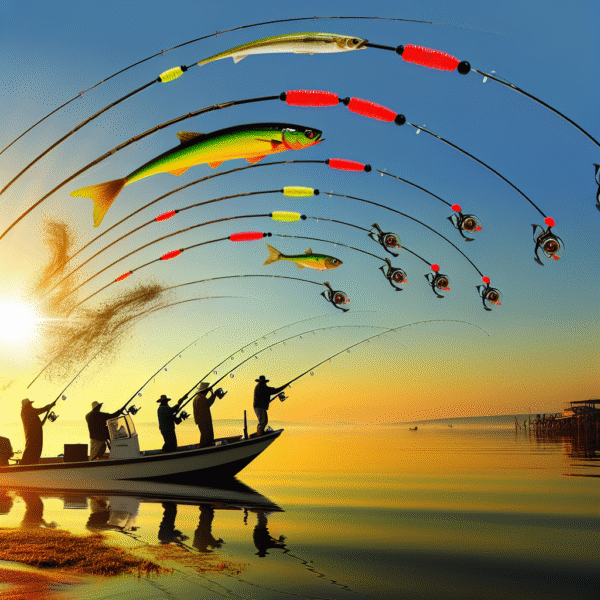Fishing Pole Tips are essential whether you’re casting off Oregon’s rugged coast, fishing Minnesota’s still lakes, or teaching your kids on a summer trip to Lake George. Your fishing rod isn’t just another piece of gear—it’s your most important tool. Choosing the right pole makes all the difference. After decades of fishing adventures from Alaska to Argentina, we’ve gathered the best advice to help you pick, use, and maintain your rod like a pro. Whether you’re a backpacker with a telescopic pole or planning a lakeside family getaway, these tips are designed to elevate your angling experience.
Selecting the Right Fishing Pole for Your Adventure
Our first set of Fishing Pole Tips focuses on choosing the right rod for your destination and target species. A medium-heavy spinning rod (6’6”–7’) is perfect for largemouth bass in Florida’s Lake Okeechobee. Meanwhile, fishing for steelhead along Oregon’s Rogue River requires a longer rod (9–10 feet) with better flexibility and sensitivity.
When traveling, portability matters. Telescopic and multi-piece rods—like the Daiwa Ardito or Okuma Voyager—offer reliable performance while fitting easily into suitcases or backpacks. Whether on Ireland’s wild cliffs or riverbanks in Chilean Patagonia, compact gear makes fishing accessible anywhere.
For families, choose versatile spinning rods between 5 to 6 feet, with medium action. These are easy for beginners and work well for trout, panfish, and light bass. Consider beginner-friendly lakes like Lake Murray in San Diego or Raleigh’s Lake Johnson, often stocked with fish during family fishing events.
Mastering Techniques: How to Use Your Fishing Pole Effectively
The second component of our Fishing Pole Tips is mastering your rod’s capabilities. Spinning rods serve beginners well due to ease of use, while baitcasting rods offer greater control for experienced fishers. Fly rods, ideal for rivers like Montana’s Gallatin or Japan’s Nagano streams, require more skill but reward persistence.
Use these suggestions based on rod type:
- Spinning Rod: Ideal for trout and bluegill. Try the overhand cast with live bait or jigs. A 6–10 lb test line offers the right balance of flexibility and strength.
- Baitcasting Rod: Best for bass fishing. Learn to manage thumb braking to prevent backlash and use heavier lures for improved control.
- Fly Rod: Excellent for calm river conditions. Practice on dry ground first, and use region-specific flies guided by hatch charts.
Adapt your rod choice to fit your environment. In Homer, Alaska—famous for halibut—heavy-duty offshore rods are crucial. For places like Michigan’s Upper Peninsula, bring ultra-light spinning tackle to pursue brook trout in tranquil, forest-lined waters.
Insider Locations and Hidden Fishing Gems
Among our favorite Fishing Pole Tips is aligning your setup with local insights. In the Everglades’ quiet corners, cane poles and fiberglass rods remain popular for crappie and bluegill. Old-school gear still delivers results—especially when guided by local wisdom.
In the Pacific Northwest, visit bait shops like Portland’s Fisherman’s Marine or Seattle’s Ted’s Sports Center. Their tips often include seasonal rod swaps, like longer models for steelhead drifting or ultralight rods for alpine trout lakes.
Don’t overlook urban options. Washington, D.C.’s Tidal Basin offers stocked catfish and bass, perfect for travelers with compact rods. In San Antonio, riverside spots in Brackenridge Park provide a serene escape inside city limits, ideal for early morning casts followed by a day of sightseeing.
Caring for Your Fishing Pole: Travel-Proof Maintenance
One critical yet often ignored Fishing Pole Tip is proper maintenance. Taking care of your rod—especially on the go—ensures safety, longevity, and performance across different climates and terrains.
After saltwater outings, rinse the rod thoroughly with fresh water. Destin’s piers or San Diego’s Shelter Island are fantastic places to fish, but they expose equipment to corrosive salt. Always dry gear with a microfiber cloth and check all guides for grit or damage.
Traveling anglers should invest in protective cases like Plano or Bazooka tubes, both durable and carry-on compatible. For rustic trips to places like Manitoba or Baja, wrap your rods in soft clothes or use padded socks to prevent breakage. Rod tip protectors are a must for off-road travel.
On long outings—such as multiday trips along Utah’s Green River—store rods out of direct sunlight. UV rays weaken carbon fiber rods, and storing with constant tension can damage blank integrity over time.
Family-Friendly Fishing Advice and Travel Tips
For families, the most effective Fishing Pole Tips blend accessibility with fun. Choose locations that provide facilities, calm water, and beginner-friendly environments. Parks like Burnsville Lake in West Virginia or Wawayanda State Park in New Jersey offer family clinics and stocked waters, ideal for new anglers.
Select child-sized rods between 2.5 and 4 feet, often featuring fun designs but still capable of catching fish. Pair with a basic spincast reel for foolproof usage. For bait, use kid-friendly options like corn or hot dog slices—a fun and surprisingly effective choice in stocked lakes.
Turn learning into games. Create a tackle box scavenger hunt where kids match components like bobbers and swivels with their functions. It’s educational, hands-on, and builds excitement and confidence around the fishing experience.
Planning Your Fishing-Focused Travel Itinerary
Many Fishing Pole Tips emphasize travel planning—and for good reason. Schedule your trips around state fishing events or seasons. States like Colorado and New York publish free fishing weekends—perfect for travelers exploring without a license.
Solo travelers can weave fishing into broader adventures, such as kayaking Vancouver Island’s Broken Group Islands or trekking Peru’s Sacred Valley. A compact rod expands your itinerary to include spontaneous fishing stops. Local hosts or eco-lodges often offer valuable tips or even guide trips to hidden hot spots.
Don’t forget the reward. If local regulations allow, cook your catch! Use a compact stove like the Jetboil Genesis and a simple skillet. Imagine enjoying fresh-grilled trout by New Hampshire’s clear streams or bass fillet along Georgia’s Lake Lanier at sunset—it’s the perfect end to any fishing day.
Unlock Adventure with These Fishing Pole Tips
At the heart of memorable fishing experiences is choosing the right rod and knowing how to use it effectively. With these expert Fishing Pole Tips, you’ll catch more than fish—you’ll create unforgettable moments. From selecting travel-friendly gear to mastering your cast and preserving your equipment, these insights prepare you for adventures near and far. Whether casting solo into glacial rivers or teaching the next generation on a family trip, the right fishing pole connects you with nature and local culture. Pack smart, plan well, and let your next cast lead the way.
